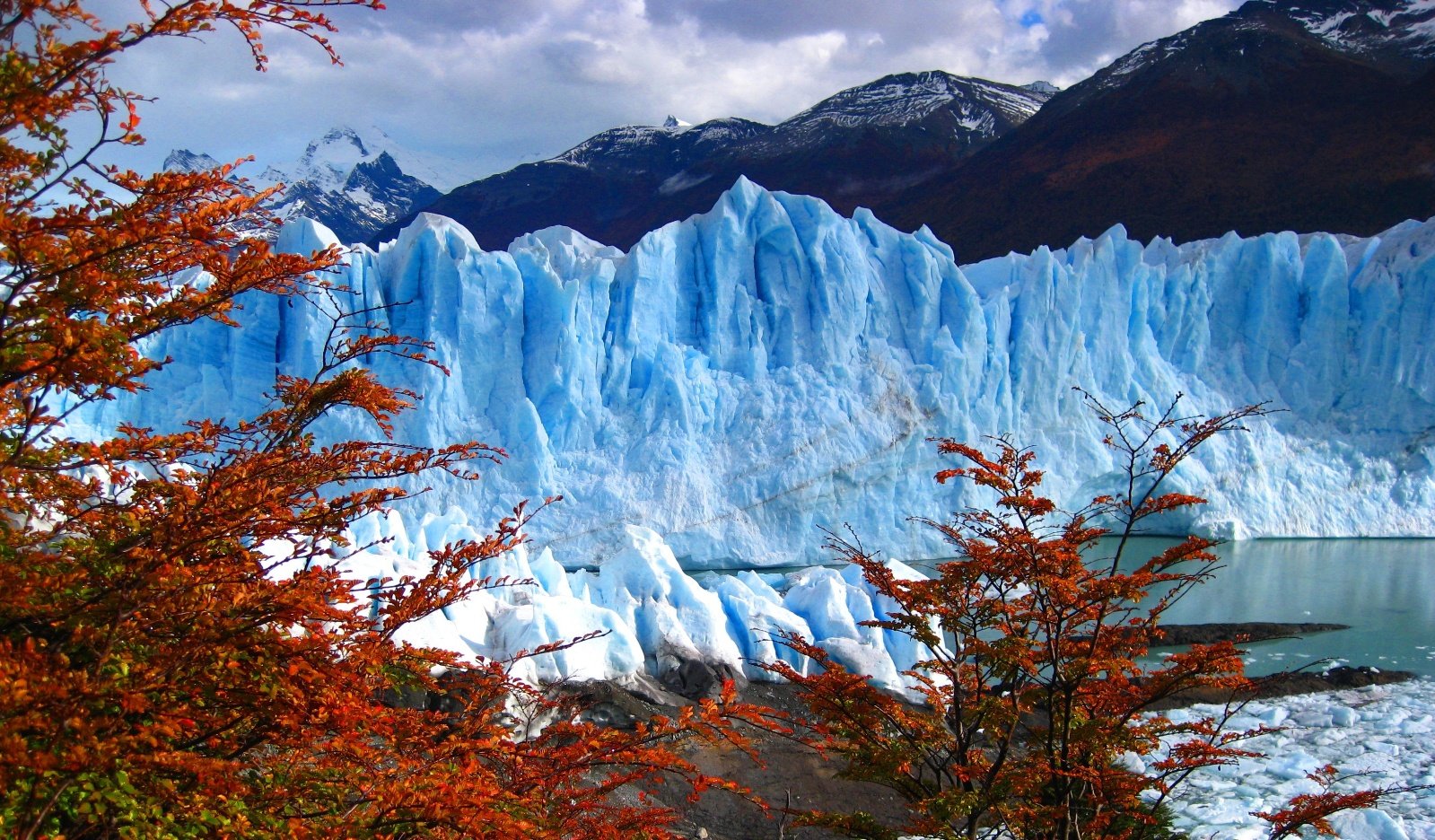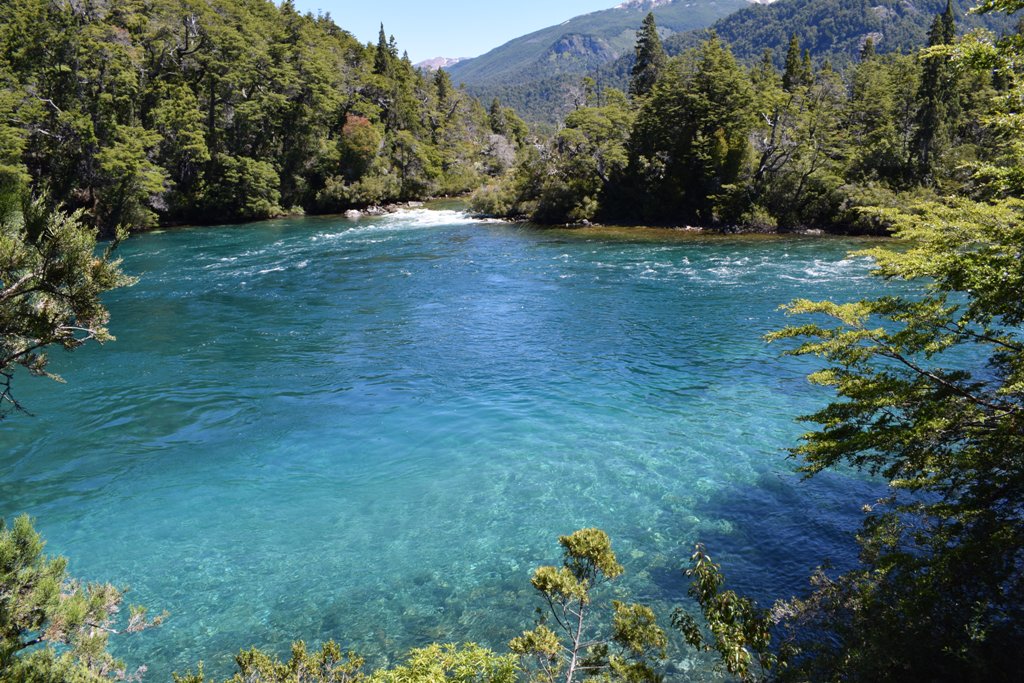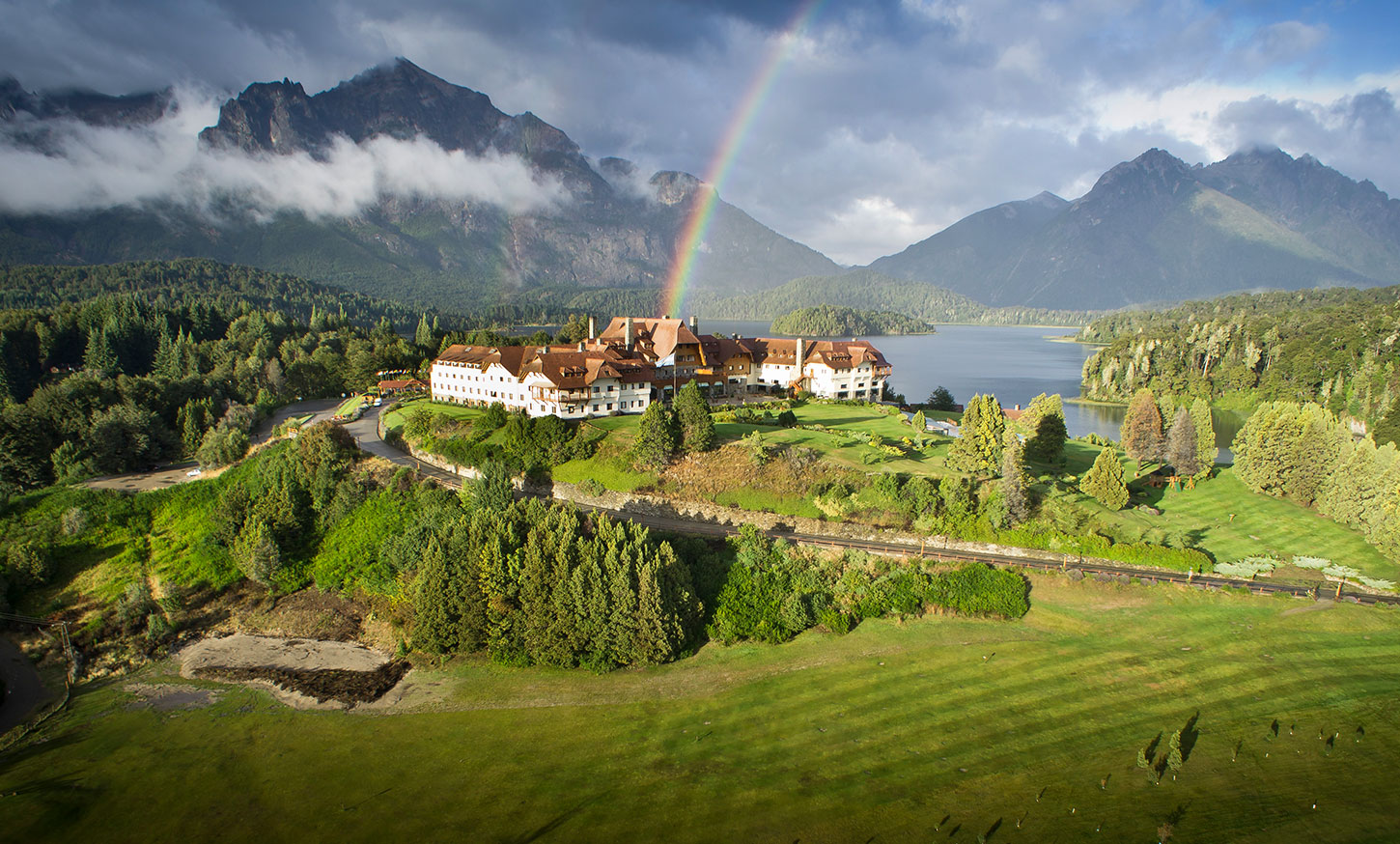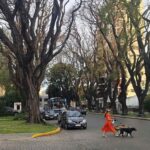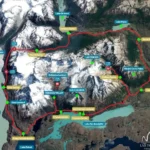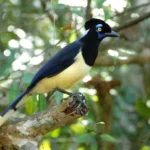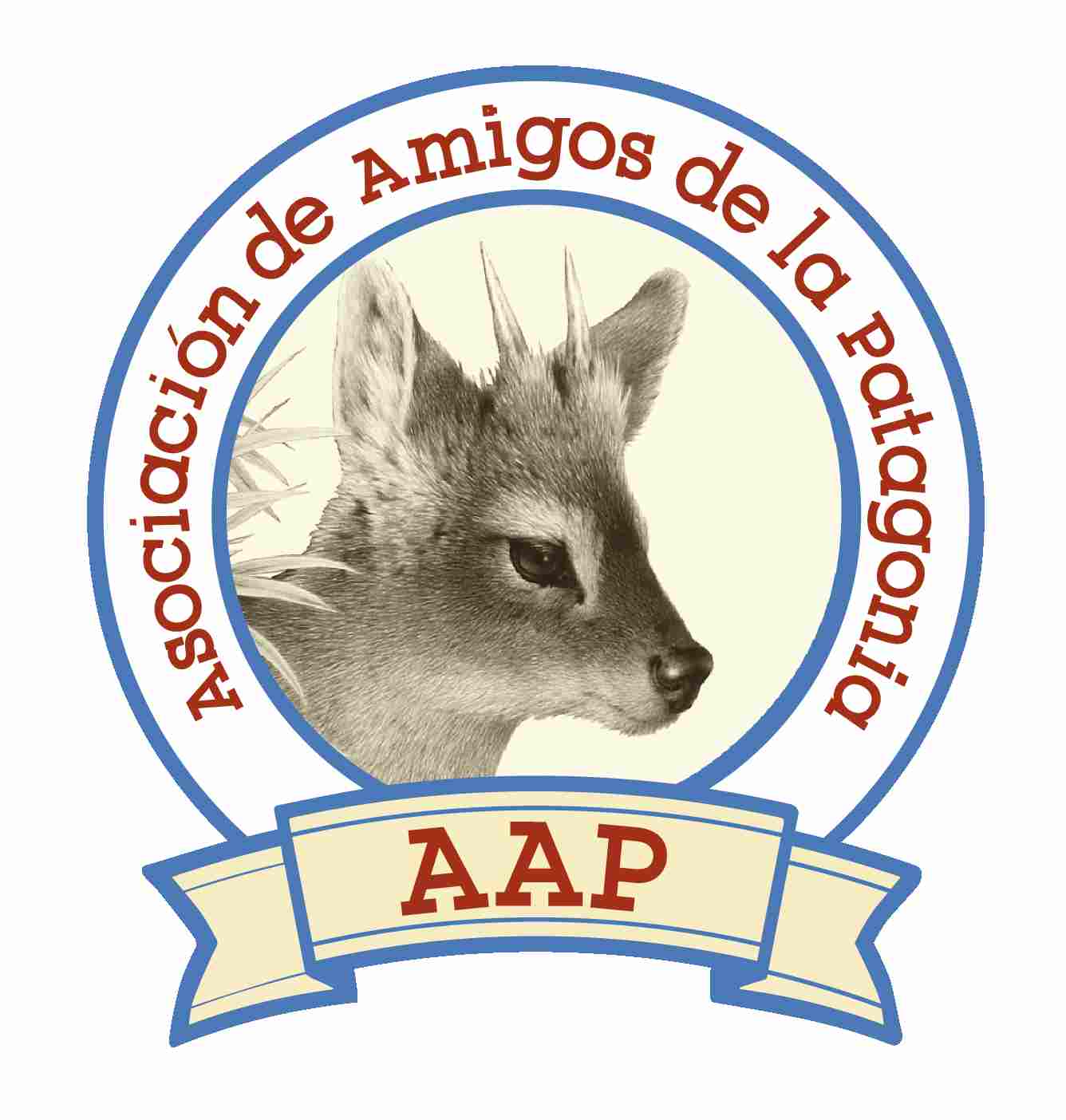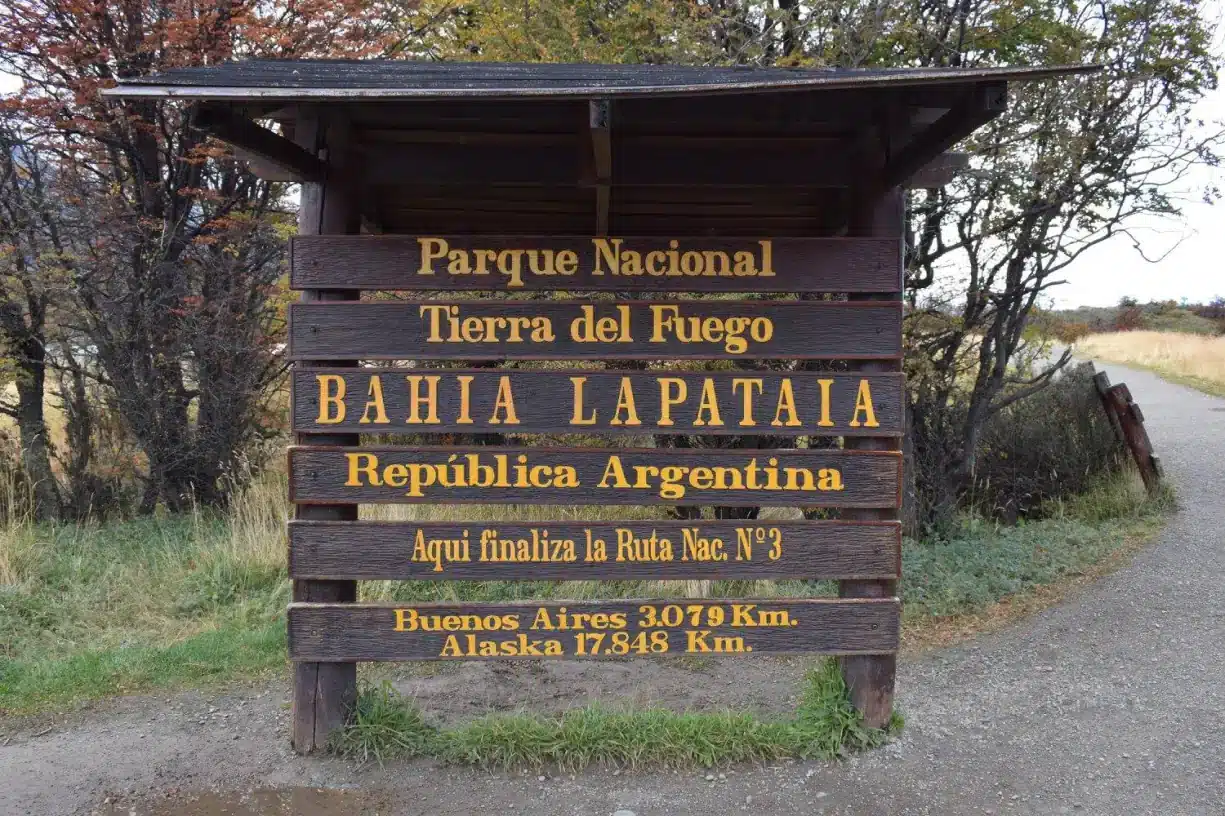
Patagonia National Parks (Argentinian side)
Patagonia counts with several National Parks and Natural Reserves, dedicated to preserve and protect the natural and cultural heritage. Below you will find some of the Patagonia National Parks and Reserves that are located on the Argentinian side.
Tierra del Fuego National Park
At only 12 km from Ushuaia, capital of the Argentinian side of the Island of Tierra del Fuego, this beautiful park awaits to be discovered. This Patagonia National Park combines different ecosystems which include marine coast, Lenga, Ñire and Wuiondo forests, lagoons, and peat bogs. These amazing landscapes where once home to the Yamana, a pre-hispanic community, which lived mostly Lapataia Bay area. In this bay, the National Route 3 ends and is La Quiaca’s (Jujuy) opposite extreme of the country. Fauna and flora observation is one of the main activities. For more active people there are different trekking trails for different levels of difficulty. Also, you can enjoy traveling in the historical and worldwide known End of the World Train used to transport the prisoners of the old prison (now a museum).
Los Glaciares National Park
This wonder was declared World Heritage by UNESCO in 1981, and when visiting there is no way anyone could doubt that decision. The name is given because it protects the Patagonic Continental Ice, the largest ice extension after Antarctica. This Ice field creates more than 40 big glaciers. When traveling, visiting Perito Moreno Glacier, Viedma Glacier, Spegazzini, and more are a must.
There are two important lakes inside the park that result from the melting ice, and which water flows to the Atlantic Ocean: Argentino Lake, and Viedma Lake. The most important cities are El Calafate, where the airport is, and El Chalten. El Chalten is Argentina’s National Trekking Capital. People all around the world come to trek to Laguna de Los Tres, Mounts Fitz Roy and Cerro Torre among others. Many other activities such as rafting, mountain biking, navigating, and more are available to enjoy this park. This Park is in the province of Santa Cruz, and one of the bests among the Patagonia National Parks!
Monte León National Park
Monte Leon was the first coastal National Park of Argentina. It was created in 2004 with the help and donations of The Patagonia Land Trust and Vida Silvestre Argentina Foundation. It is located at 210 km north of Rio Gallegos, the capital city of Santa Cruz Province, and 540 km south of Comodoro Rivadavia.
This park is opened all year long and the entrance is free, but before entering people need to register. There are camping areas to use for the day, sleeping in the park is not allowed.
Bosques Petrificados de Jaramillo National Park
The National Park Bosques Petrificados is located in Jaramillo, in the province of Santa Cruz. It’s over 63.000 hectares and belongs to the geographical region of the Patagonian steppe. Back in time (150 million years ago, during the Jurassic age), this area was part of a humid ecosystem, with dense forests of giant trees – some of them relatives from the “Pehuenes” and “Araucarias” species. Over the years, the volcanic eruptions and the ascent of the Andes covered this territory with ashes and lava. As a result, those forests got petrified. Like this one, there are other forests in Patagonia of giant logs spread over the soil, which are very impressive to see!
Perito Moreno National Park
Misunderstood as the place where is the Glacier Perito Moreno (which actually is on the National Park Los Glaciares), this National Park is 220 km northwest of Gobernador Gregores village (also Santa Cruz Province). It has a surface of 126.830 hectares which belong to the ecoregions of the Patagonian Steppe and Patagonian Forests. One of the main highlights is the San Lorenzo Mount (a high peak). On the other hand, this is a place with beautiful lakes and wildlife, and a very nice place for trekking.
Patagonia National Park (Argentina)
The Patagonia National Park (Argentina – since there is another one in the Chilean side of Patagonia) is located in the northwest area of Santa Cruz province, near the Andes, and close to the lake Buenos Aires. It protects the “Lake Buenos Aires Plateau”, including as well part of the Patagonian steppe. This is a zone were many archaeological manifestations were found, such as the very well-known Hands Cave (rupestrian paintings). This area is also home to different animal species, with the Macá Tobiano as one of the main stars (it is a bird in danger of extinction). Other kinds of wildlife are also present, and the association Rewilding Argentina has chosen this place to monitor Pumas and help them to recuperate their loss territory (due hunt).
Los Alerces National Park
It’s located in the west area of Chubut’s province, right in the Andes. It’s over 259.000 hectares, which belong to the Patagonian Forests ecoregion. The main highlight of this park -besides the spectacular mountains, lakes, and rivers-, is the abundant presence of ancient Larch trees (aka Alerces), some of them 2600 years old. Los Alerces National Park is a UNESCO site and part of the Argentine Lake District. It counts with facilities to stay for the night and many trails to walk through. Excursions can be done either by land, navigating, or self-drive. The closest city is Esquel (around 4 hours from Bariloche).
Lago Puelo National Park
This Park is in the same district as Los Alerces National Park but protects another natural area: the Puelo Lake. Lake Puelo is a very big lake that connects to Chile. There is also a village near the lake (known as “Lago Puelo”), which is close to El Bolsón city. El Bolsón is famous for trekking and also chosen by hippies to live in. Both places are about 2 hours away from Bariloche.
Nahuel Huapi National Park
Nahuel Huapi (shared between the provinces of Rio Negro and Neuquen) is the first National Park created in Argentina, back in 1903. It gathers representative samples of the different ecosystems from the North Patagonian Andes and surroundings: forests, steppe, mountains, lakes, rivers, etc.. It covers an area of over 700.000 hectares, and protects not only natural but also cultural heritage. Inside this park is the city of San Carlos de Bariloche, and it also has strong “Mapuches” footprints (native people).
Laguna Blanca National Park
This National Park, in the nearing from Zapala (Neuquén), has a surface of 11.250 hectares which belong to the ecoregion of the Patagonian Steppe. The main attraction is the Blanca lagoon, which is considered one of the most important freshwater bodies of North Patagonia. Apart from being home to different kinds of species, this place has been the meeting point for Natives and Criollos. Therefore, it has also cultural importance.
Lanin National Park
This Park is located in the southwestern area of Neuquén’s province. It has a surface of over 400.000 hectares, which belong to the Patagonian Forests ecoregion and includes as well parts of the Patagonian Steppe and High Andes. One of the main highlights of this park, besides the lakes, mountains, rivers, and forests, is the Lanín Volcano, an impressive peak of 3776 meters over the sea level. This Park is in the northern area of the Lake District, about 3 hours away from Bariloche.
Los Arrayanes National Park
This National Park is home to one of the landscapes that inspired Walt Disney for his movies. It’s pretty close to Nahuel Huapi National Park, and it comprehends the Quetrihué Peninsula. It has a surface of 1796 hectares, which belongs to the ecoregion of the Patagonian Forests. Another city close to the Park is Villa La Angostura. Besides other attractions, the main highlight of this park is the myrtles (Arrayanes) forest, a very beautiful and unique one.
Lihué Calel
This National Park is located in the heart of the province of La Pampa. Even though in comparison with the other ones is not so “pretty”, it’s a very nice place and a great representation of the ecoregion of “Monte de Llanuras y Mesetas” with parts of “Espinal”.
Other Parks and Reserves
There are other parks and reserves in Patagonia, among which ones we would like to highlight the Natural Reserve Peninsula Valdes. This Reserve is a UNESCO site, and one of the most amazing places for ocean wildlife contemplation in South America. It’s possible to see Southern Right Whales, Orcas, Penguins, Sea Elephants, and other great animals!

Along the Atlantic front, there are also other parks such as the “Parque Interjurisdiccional Marino Costero Patagonia Austral”, “Parque Interjurisdiccional Marino Isla Pingüino”, “Parque Interjurisdiccional Marino Makenke”, and the Natural Reserve “Isla de los Estados”. This last one consists of an island with fjords, where is the lighthouse that inspired Julius Verne in his book “The lighthouse at the End of the World”.
The list continues with other great reserves, some of them about to be declared National Parks. There are several ways to explore this region, and we would like to help you find out the best for you.
In Beyond BA Latam, we create tailor-made trips for all kinds of tastes. For instance, you may explore the Patagonia National Parks through our trekking tours, where you can find programs not only for Argentina but also in Chile. If your interests are around other topics, we will very happy to help you as well. Get in touch and let’s plan your next adventure!
Related tours:
0





